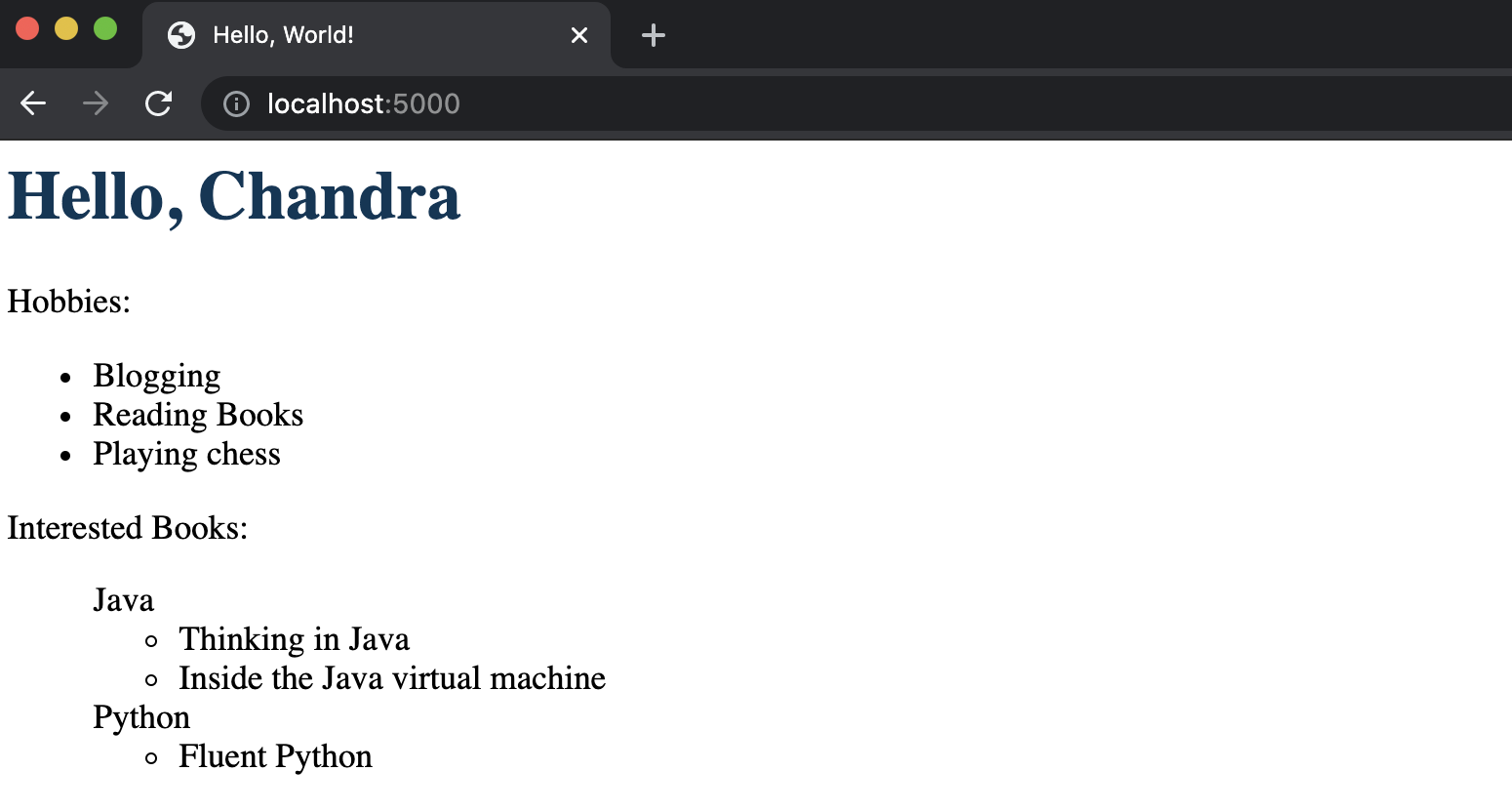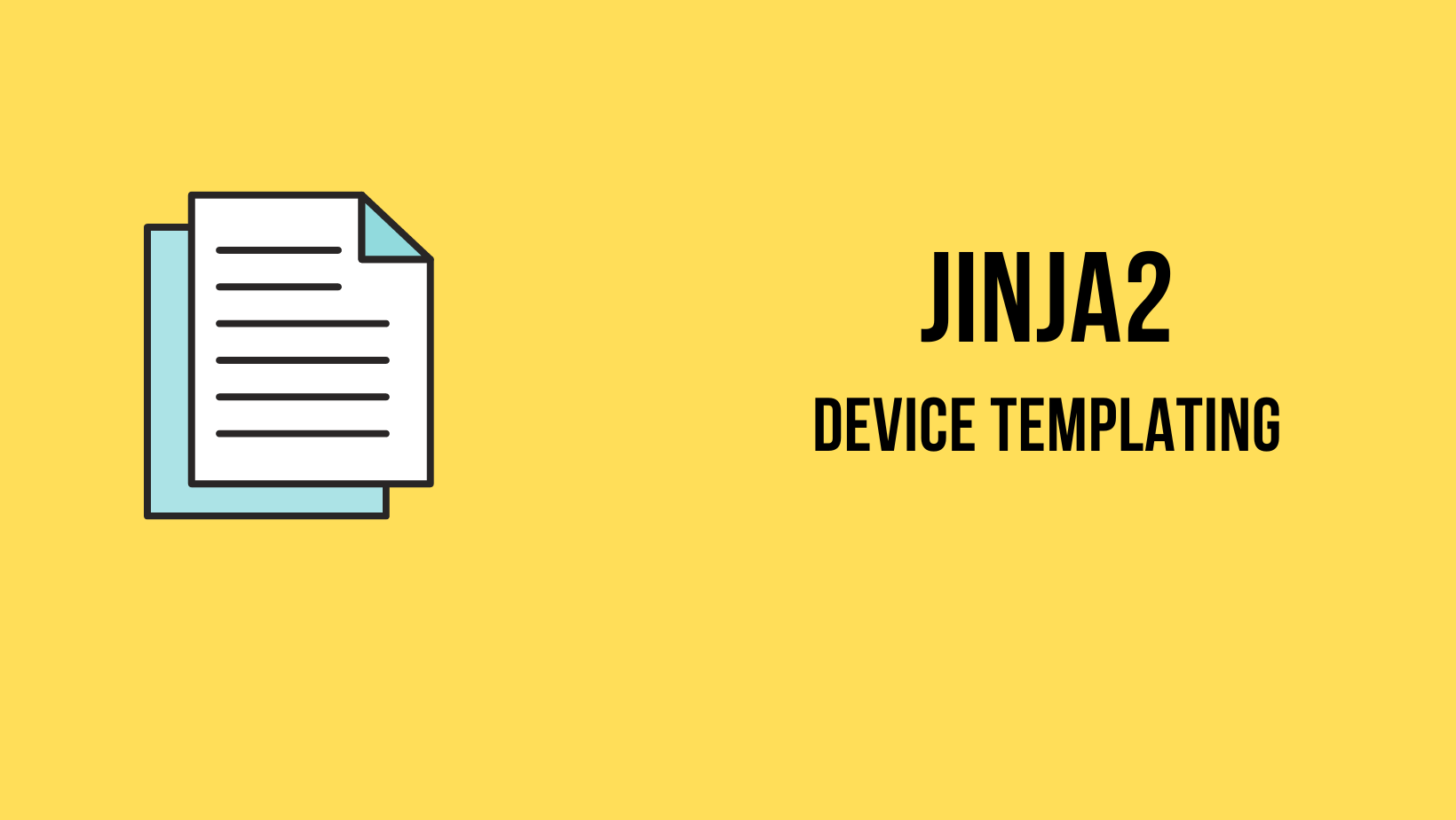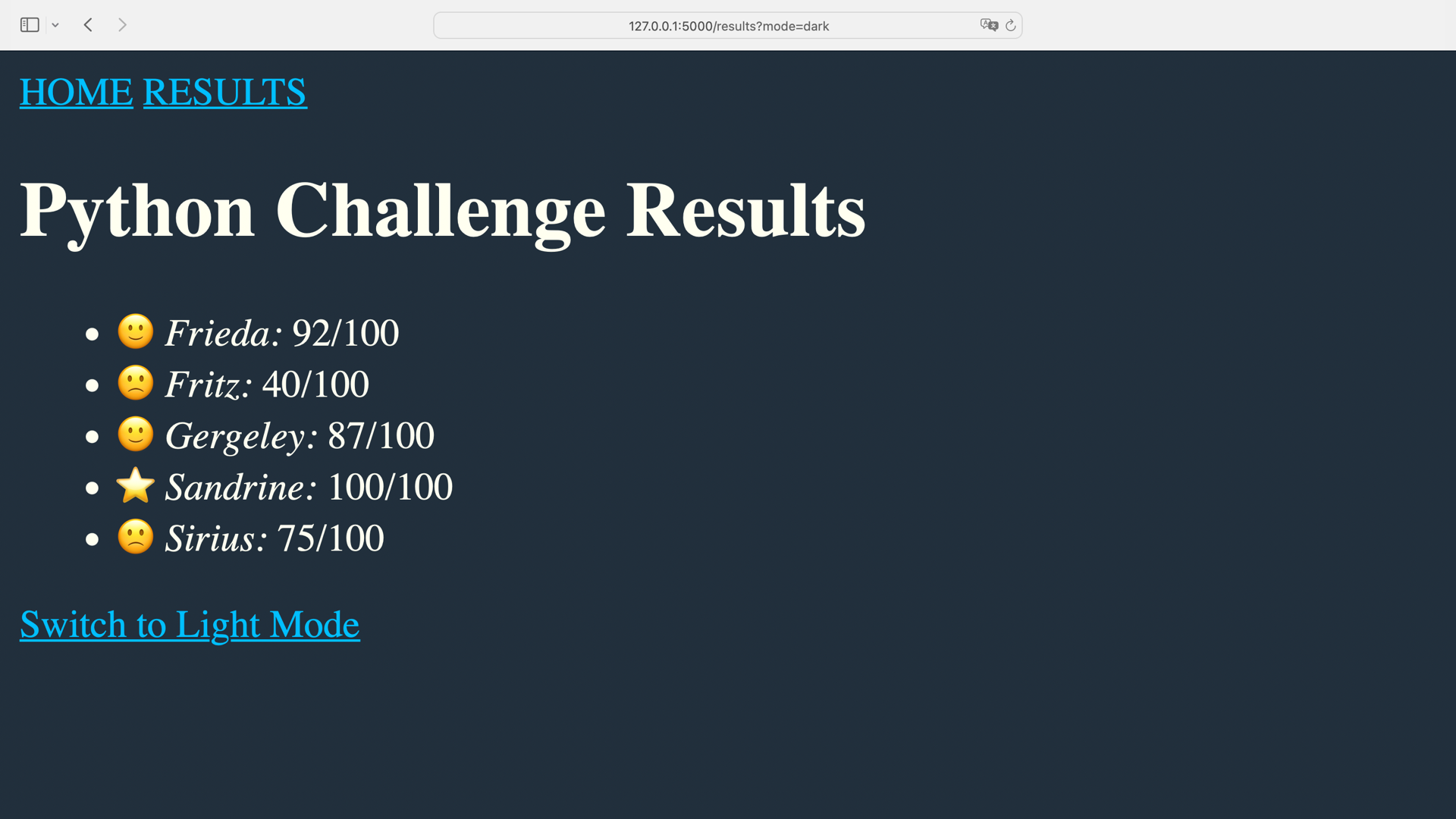Jinja Template For Loop
Jinja Template For Loop - Whether it's a business project, a community event, or a family gathering, the ability to collaboratively create and edit a printable calendar ensures that everyone is on the same page, streamlining communication and minimizing confusion. In the near future, these tools may evolve to include predictive features, such as recommending the best template style for a user’s specific project goals or even automatically adapting designs to fit multiple platforms. Templates that are easily customizable allow nonprofits to design and distribute resources tailored to their audiences, encouraging participation and fostering a sense of shared purpose. Digital advancements have further elevated the appeal of printable templates and calendars. For example, a family might work together to design a monthly calendar featuring drawings of each member’s favorite activities, turning scheduling into a collaborative and enjoyable experience. Travel planners can use printable templates to map out every detail of their trip, from flight schedules and hotel bookings to daily activities and must-see landmarks. The combination of drawing and calendars within printable templates has opened up new possibilities for customization and creativity. Cultural and language diversity have further enriched the world of printables and templates. As a result, a growing number of entrepreneurs are entering the printable market, turning their creative passions into profitable businesses. In the nonprofit sector, calendars are instrumental in promoting awareness and engagement. This code is suppose to loop thru a dictionary and search for a component_class == bsw_project. I have a jinja2 template that has the following code. Jinja's for loops enable you to iterate over data structures such as lists,. {% for item in list %} {{ item }} {% endfor %} in this example, list is a sequence like a. {% for item in list %} {{ item }} {% endfor %} in this example, list is a sequence like a list or a tuple, and. I have a jinja2 template that has the following code. Both methods provide flexibility and allow. Since jinja 2.1, an extra cycle helper exists that allows. {% for item in data if item.state %}. Incrementing a variable within a jinja template for loop can be achieved using the loop.index variable or by creating a custom filter. I have a jinja2 template that has the following code. In this simple example of ospf configuration in device1 and device2, i used a “for loop” in addition to “variable substitution” to generate an efficient configuration template that. When building web applications, you often need to display dates and times,. Learn how to use jinja loops to generate dynamic content. Jinja's for loops enable you to iterate over data structures such as lists,. {% for item in data if item.state %} {{ item.value }} {% else %} no true items {% endfor %} Since jinja 2.1, an extra. In this simple example of ospf configuration in device1 and device2, i used a “for loop” in addition to “variable substitution” to generate an efficient configuration template that covers the. Learn how to use the for loop in jinja to iterate over data and create dynamic templates. Incrementing a variable within a jinja template for loop can be achieved using. Learn how to use the for loop in jinja to iterate over data and create dynamic templates. The jinja syntax has various parts which. Both methods provide flexibility and allow. To create a loop in jinja, you use the for statement inside a template. This is the fourth article in our series on jinja templating. Mastering loops in jinja templating is essential for creating dynamic and responsive templates. Incrementing a variable within a jinja template for loop can be achieved using the loop.index variable or by creating a custom filter. Both methods provide flexibility and allow. By understanding both traditional for loops and the elegant list comprehension. Jinja's for loops enable you to iterate over. This code is suppose to loop thru a dictionary and search for a component_class == bsw_project. Learn how to use jinja loops to generate dynamic content. Since jinja 2.1, an extra cycle helper exists that allows. In this simple example of ospf configuration in device1 and device2, i used a “for loop” in addition to “variable substitution” to generate an. Mastering loops in jinja templating is essential for creating dynamic and responsive templates. To create a loop in jinja, you use the for statement inside a template. This is the fourth article in our series on jinja templating. By understanding both traditional for loops and the elegant list comprehension. The jinja syntax has various parts which. Learn how to use the for loop in jinja to iterate over data and create dynamic templates. Incrementing a variable within a jinja template for loop can be achieved using the loop.index variable or by creating a custom filter. In this simple example of ospf configuration in device1 and device2, i used a “for loop” in addition to “variable substitution”. One of the reasons printable templates are so widely embraced is their adaptability to various themes and purposes. Hybrid solutions that enable both digital and printable formats are becoming more popular, allowing users to keep track of their schedules on their smartphones, tablets, or computers while also having a physical copy when needed. And if you're not comfortable designing your own template from scratch, don't worry! There are countless online resources and marketplaces that offer pre-made printable calendar templates in a range of styles and themes. Instead of purchasing mass-produced calendars that may include unwanted features or waste materials, users can opt for printable calendar templates tailored to their specific needs. And finally, printable calendar templates offer a unique and creative way to preserve memories and milestones. Templates designed for community calendars provide space for listing local events, workshops, or volunteer opportunities, encouraging participation and collaboration among residents. And with a little creativity, you can even add your own personal touches, such as stickers, washi tape, or other embellishments, to make your printable calendar truly one-of-a-kind. Their ability to adapt to changing needs and preferences ensures that they will remain relevant and valuable for years to come, inspiring creativity and productivity in equal measure. Influencers and content creators often share free or paid resources with their followers, ranging from Instagram story templates to printable motivational quotes. These materials help users elevate their online presence while promoting the creator’s brand.Flask Jinja Templates Example
Python Jinja How to working with loops in jinja template engine YouTube
Python jinja2 for Loop Example
Network Device Templating using Jinja and Python
How to Use Jinja2 Template in Ansible Playbook
Looping template · Jinja loops · Hyperskill
Jinja Template Part 3Understanding Jinja Syntax Simple Replacement
Jinja Template Python
Membuat Template Jinja dengan IF dan LOOP Web Python Flask Part 7
jinja2 Jinja template in for loop Stack Overflow
Related Post:









